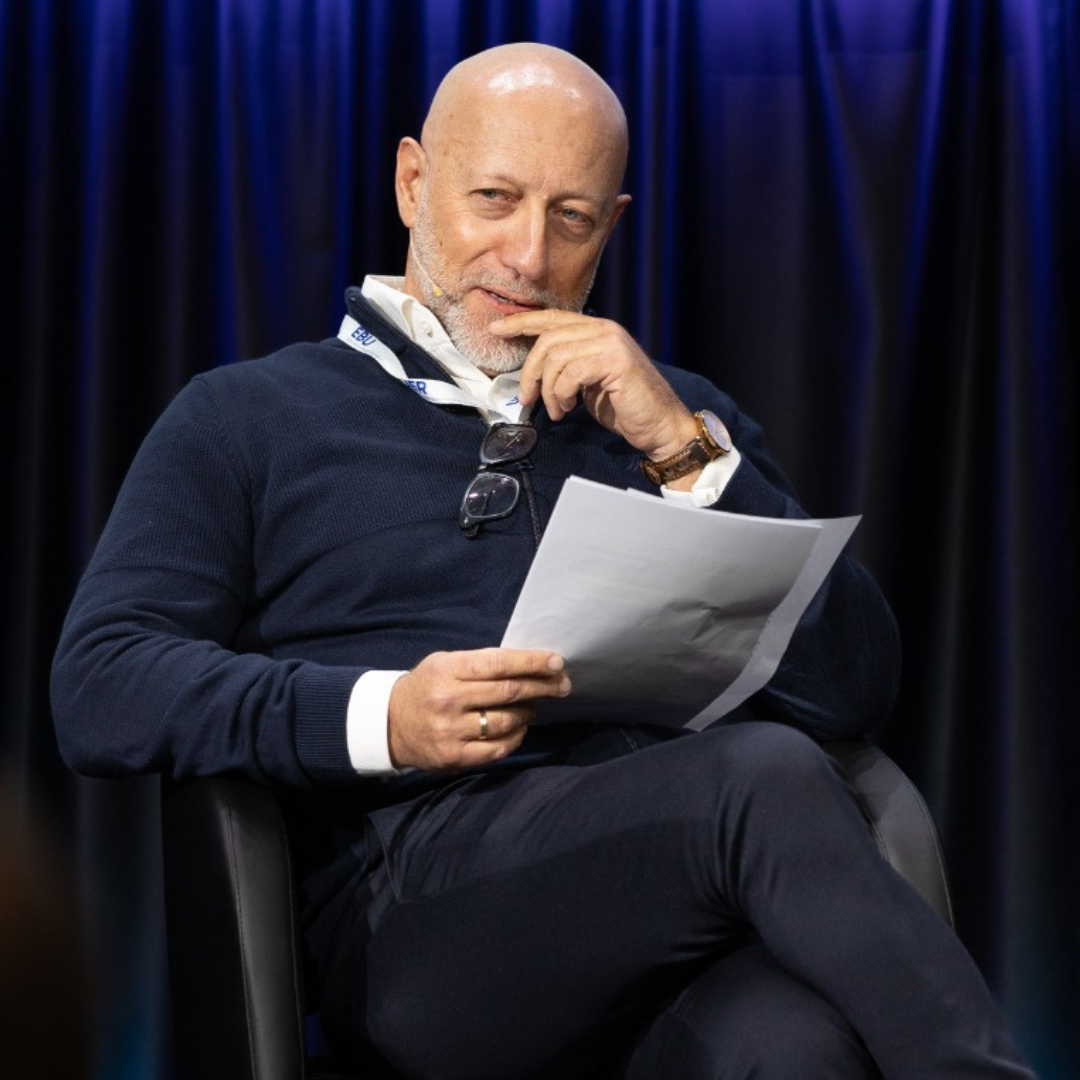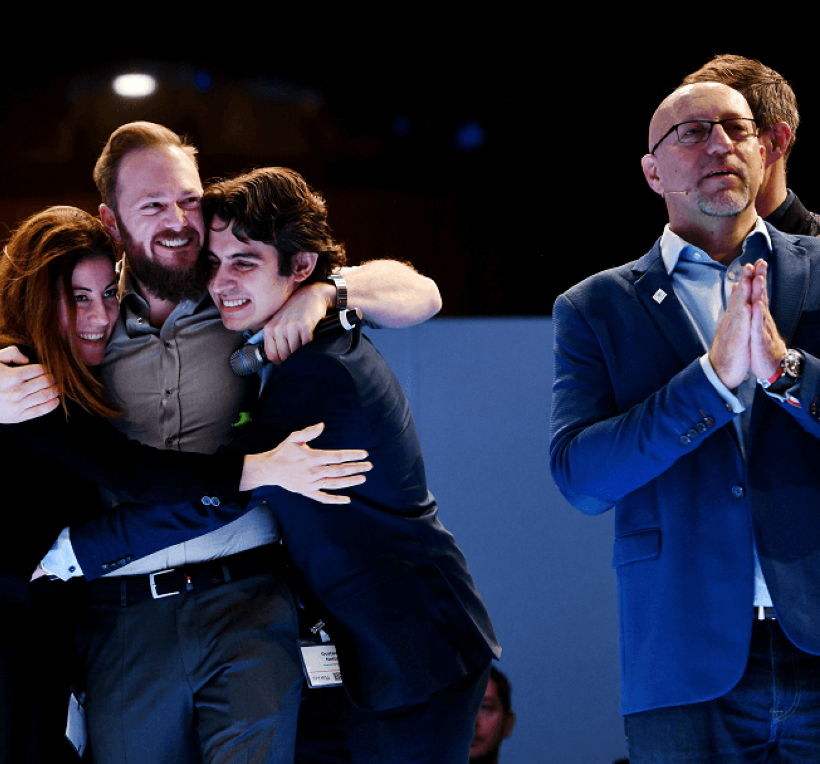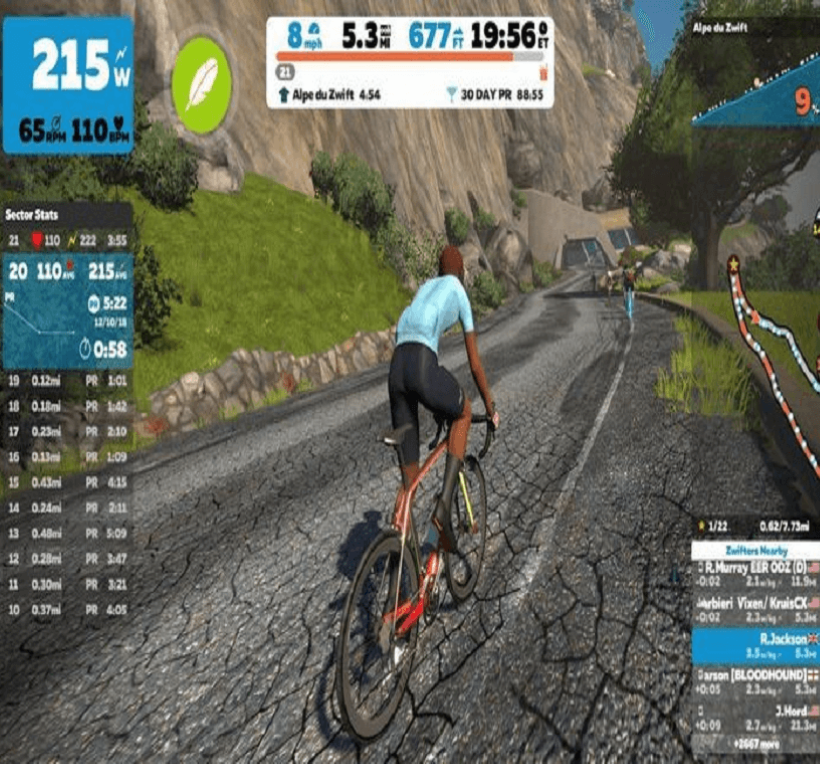

Do You Really Need a Chief AI Officer?
3 Min Read
Do You Really Need a Chief AI Officer?
The one question every sports brand should be asking right now
A senior executive from one of the top NBA franchises pulled me aside, just before we started the workshop and said:
“The owner gave me a clear mandate,” he said.
‘Make us the leading team in the NBA when it comes to using AI.’
He was energized but also honest. “I’m not entirely sure what that means. Not just the tech side, but what it actually takes to lead.”
That moment stuck with me. Because it captures where many sports executives are right now.
There’s no more debate about whether AI matters. That conversation is over.
What’s emerging now is a far more specific, urgent question:

Do we need a Chief AI Officer?
Who’s supposed to lead this?
Is AI a project? A capability? A culture shift?
And what happens if no one truly owns it?
This blog tackles that question head-on with practical insights, examples from the field, and a clear framework for action.
The Strategic Shift Is Already Underway
According to Gartner and Deloitte, over 25% of major global enterprises have appointed a senior executive to lead AI under titles like Chief AI Officer, VP of AI, or Head of AI Strategy.
This shift isn’t about adopting new tech. It’s about embedding AI into the core of how organizations operate and compete.
In sports, that means AI is already shaping ticket pricing, sponsorship targeting, scouting decisions, fan engagement, and operational efficiency.
And more than that it’s starting to drive real business results.
Revenue. Margins. Bottom-line impact.
But in many organizations, AI is still scattered:
A data pilot here, an automation test there, and a vendor presentation in between.
Without leadership, there’s no momentum just motion.
When No One Owns It Nothing Moves
I’ve seen this play out up close.
A leading European football club invested over €500,000 in an AI-based player model. The work was split between the analytics team and the coaching staff. No one had clear authority, and the project lacked unified KPIs.
After ten months, it was shelved.
The tech worked. The teams were capable.
What was missing was ownership.
“Do We Really Need Another C-Level Role?”
It’s the most common hesitation I hear. And I get it.
You don’t need to rush into a full-time Chief AI Officer.
But you absolutely need someone senior to take the lead with clear accountability, cross-functional authority, and a mandate to act.
Because if AI sits on everyone’s plate, it ends up on no one’s desk.
Here are the typical objections and why they fall short:
| Objection | Why It Doesn’t Hold |
| “We don’t have the right talent.” | Which is why the smartest teams are acting now hiring or partnering. |
| “The tech is moving too fast.” | Precisely. That’s why you need someone tracking, filtering, and prioritizing. |
| “We’re not ready for a CAIO.” | That’s fine. But someone still needs to make sure you’re not falling behind. |
What a Chief AI Officer Actually Does
From what I’ve seen in the field, the role isn’t about building models or choosing platforms. It’s about leading the organization through change.
Great Chief AI Officers:
Set a clear vision for AI tied to real business outcomes
- Align departments, break silos, and prioritize use cases
- Vet and manage external partners and vendors
- Run focused pilots and scale what works
- Build internal trust and capability
This is less about being technical and more about being strategic.
You need someone who can turn AI from an experiment into an advantage.
Not Sure Where to Start? Try This.
If hiring a CAIO feels like a leap start smaller. But start deliberately.
Here’s how I recommend approaching it:
1. Appoint an AI Champion
Choose a senior leader to take ownership. Give them visibility and real responsibility. Someone must be accountable.
2. Create a Clear AI Vision
Before piloting tools, define the problems you want AI to help solve.
What business outcomes are you targeting?
Talk to experts. Involve internal stakeholders. Get aligned on direction, not just experimentation.
3. Run One Focused Pilot Within 60 Days
Pick a single area fan personalization, ticket pricing, video tagging and launch a small, structured pilot. Set one KPI. Measure it. Learn fast.
It’s not about doing everything at once.
It’s about building momentum with clarity and ownership.
Final Thought
AI is already shifting how sports organizations operate and compete.
But technology alone doesn’t create results. Leadership does.
The question isn’t whether you’ll use AI.
You already are or your competitors are.
The real question is:
Who’s leading it?
And if the answer is “no one yet” that’s your first decision to make.
P.S.
we’re already working with Sports brands on shaping their AI vision and long-term strategy. If you are A sports property leader that’s something, I’d be happy to set up an initial call, no strings attached. [My Calendly]




Comments